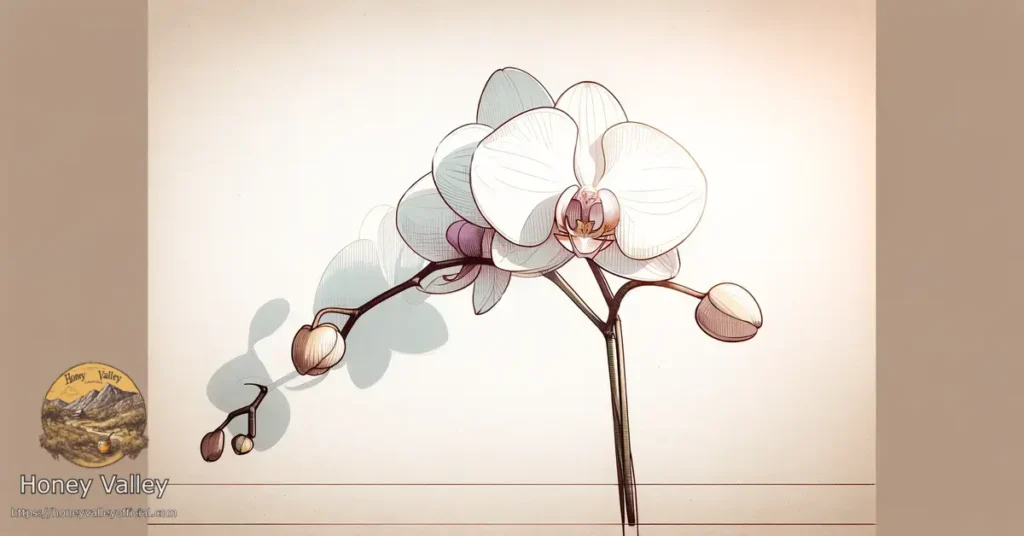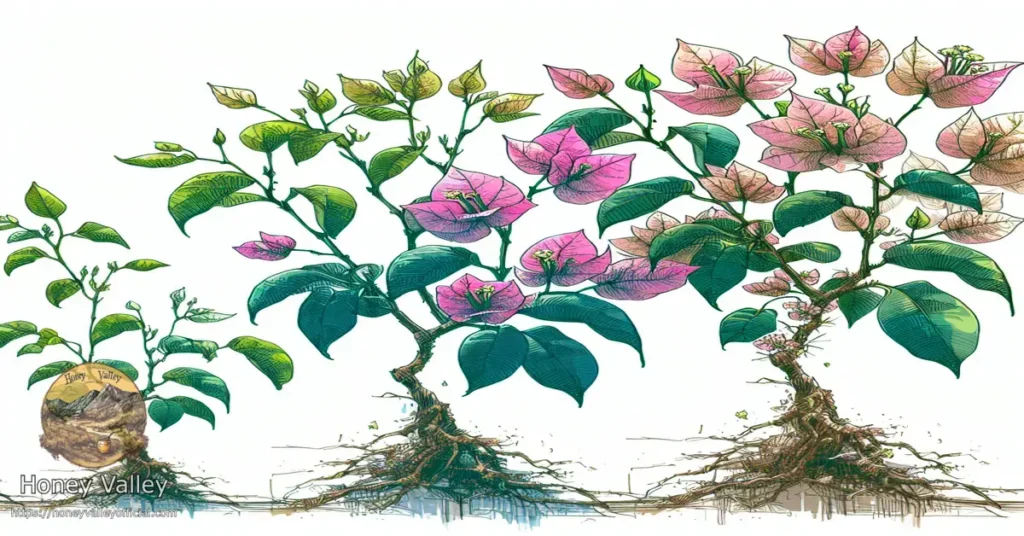Roses are a timeless symbol of beauty and love, and their vibrant colors and fragrant scent can brighten up any space. If you’ve recently received a bouquet of roses or purchased them for yourself, you may be wondering if you should cut off the stems before putting them in water. In this blog post, we will explore whether or not it is necessary to trim the stems of roses and the potential benefits of doing so.
Why Trim the Stems?
Trimming the stems of roses before placing them in water is a common practice among florists and gardening enthusiasts. There are several reasons why this step is often recommended:
- Improved Water Absorption: When you cut the stems of roses, it creates a fresh surface for water absorption. Over time, the ends of the stems can become sealed or blocked, preventing the roses from taking in water effectively. Trimming the stems allows the roses to hydrate properly, extending their vase life.
- Removal of Dying Tissue: Sometimes, the lower portion of the rose stems may start to decay or develop bacteria. By cutting off the ends, you can remove any dying tissue, reducing the risk of bacterial growth and keeping the water clean and fresh.
- Enhanced Display: Trimming the stems allows you to adjust the height of the roses to fit your vase or arrangement. By cutting the stems at an angle, you can also create a larger surface area for water absorption, maximizing the longevity of your roses.
How to Trim Rose Stems
Trimming rose stems is a simple process that can be done with a few basic tools:
- Sharp Pruning Shears: Use a pair of clean, sharp pruning shears to make a clean cut. Dull or dirty tools can crush the stems, making it harder for the roses to take in water.
- Angle the Cut: When trimming the stems, make a diagonal cut instead of a straight one. This increases the surface area for water absorption and prevents the ends from sitting flat on the bottom of the vase, which could impede water uptake.
- Remove Excess Foliage: If there are any leaves or thorns on the lower portion of the stems that would be submerged in water, remove them. This helps to prevent bacterial growth and keeps the water clean.
Other Considerations
While trimming the stems of roses can be beneficial, it is important to note that not all flowers require this step. Some flowers, such as tulips and daffodils, have hollow stems that should not be cut. Always check the specific care instructions for the type of flowers you have to ensure you are providing the best care.
Additionally, it is crucial to place the freshly trimmed roses in clean water as soon as possible. Fill a clean vase with lukewarm water and add any flower food that may have come with the bouquet. Change the water every few days and re-trim the stems if necessary to maintain optimal hydration.
In Conclusion
While it may not be absolutely necessary to cut off the stems on roses before putting them in water, doing so can provide several benefits. Trimming the stems promotes better water absorption, removes dying tissue, and allows for an enhanced display. By following the proper techniques and considering the specific care instructions for your flowers, you can help your roses stay fresh and beautiful for as long as possible.


